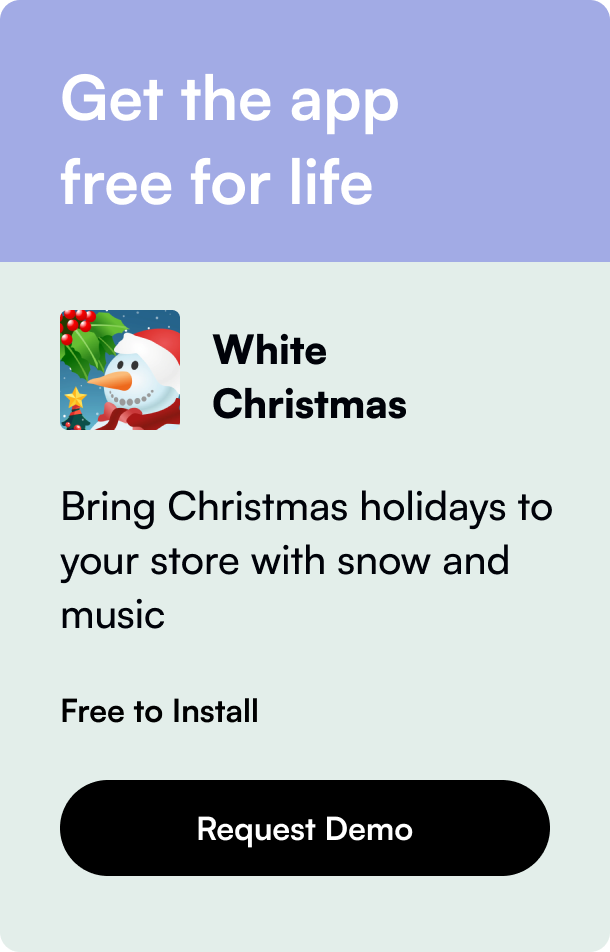Table of Contents
- Introduction
- Understanding Customer Segments
- Building a Strong Segmentation Foundation
- Detailed Segment Creation
- Making the Most of Your Segments
- Engaging Beyond Segments
- Strategic Segmentation Management
- Conclusion
- FAQ Section
Introduction
Have you ever wondered how to harness the power of customer data to boost your Shopify store sales? Or maybe you're looking to personalize your marketing efforts but aren't quite sure where to start? The solution lies in customer segmentation, a strategy that could revolutionize how you engage with your audience. In this comprehensive guide, we'll explore the nuts and bolts of creating customer segments in Shopify, equipping you with the knowledge to refine your marketing approach for maximum impact.
Customer segmentation involves categorizing your audience based on shared characteristics, enabling personalized marketing that resonates deeply with each group. Given the highly competitive e-commerce landscape, understanding how to segment your customer base efficiently on the Shopify platform is crucial. Let's dive in and unlock the potential of customer segmentation together.
Understanding Customer Segments
Creating customer segments means collecting data and insights on your buyers to craft messages tailored to their needs and preferences. By analyzing purchasing behavior, demographic details, and engagement levels, you can offer more targeted promotions, improve customer experiences, and ultimately drive your sales upward.
Shopify provides robust tools for building precise customer segments. You'll discover how easy it is to define your customer groups using a variety of filters such as purchase history, location, or even the language they speak. A nuanced understanding of these segments then paves the way for highly tailored communications and offerings.
Building a Strong Segmentation Foundation
Start with Shopify's Default Segments
Shopify comes equipped with default customer segments that you can adjust according to your business needs. Use them as your baseline before venturing into more intricate custom segmentation.
Design Your Own Segments
Crafting a new segment on Shopify involves blending filter names, operators, and values creatively to match your specific requirements. Imagine the opportunity to directly reach out to customers who’ve abandoned their carts with a gentle reminder or a special offer – this level of customization is what segmentation is all about.
Detailed Segment Creation
Navigate to the 'Customers' section in your Shopify admin area, where the magic unfolds. Click on 'Segments', and begin fashioning your custom segment. You will find options allowing you to add various filters, and test them to check whether the criteria you’ve set align with the customers you’re trying to target. Save the segment with a unique name for easy future retrieval and use in campaigns.
Making the Most of Your Segments
With your segments in place, marketing becomes more efficient. You can now tailor newsletters, promotions, and even product recommendations. The goal is to make every communication seem like it's been specially crafted for the recipient, which enhances user experience and can stimulate customer loyalty.
Engaging Beyond Segments
Use Shopify Email or other marketing apps to act upon your segments. Remind those with abandoned carts about the treasures they've left behind, or re-engage past customers who haven't made a purchase recently. Each action you take can now be based on solid data-driven insights.
Strategic Segmentation Management
Managing your segments well means keeping them updated and refining them based on real-time data and changing customer behaviors. Monitor your segments regularly to make sure you’re capturing the right audience with the right message.
Conclusion
Creating customer segments is more than just a marketing tactic; it's a strategic approach to understanding and serving your customer base more effectively. By leveraging the power of Shopify's segmentation tool, you pave a data-informed path to customer engagement and business growth. Personalized marketing isn't just about standing out—it's about being relevant and resonating with the audience. Armed with these insights and strategies, you're well on your way to crafting a customer segmentation strategy that delivers results.
FAQ Section
Q: Why is customer segmentation important? A: Customer segmentation is crucial because it allows you to personalize your marketing efforts, making messages more relevant for different groups within your audience. This can lead to increased customer satisfaction, better conversion rates, and ultimately, more sales.
Q: Can I use customer segments for targeted discount offers? A: Absolutely! Customer segments are perfect for creating targeted discounts. For example, you could offer special deals to new customers as a welcome gesture or to loyal ones as a token of appreciation.
Q: How often should I review and update my customer segments? A: Regularly reviewing your customer segments is vital. Depending on the volume of transactions and the growth rate of your customer base, you might want to update segments monthly or each quarter to keep them accurate and relevant.
Q: Can customer segments be used for retargeting campaigns? A: Yes, they can. By analyzing the segments that perhaps haven't engaged with your store for a while, you can craft retargeting campaigns aimed at bringing these customers back.
Q: What makes a good customer segment? A: A good customer segment is one that is well-defined, accessible, actionable, and large enough to warrant customized marketing efforts. It should be based on a blend of customer behaviors, preferences, and potential value to your store.








